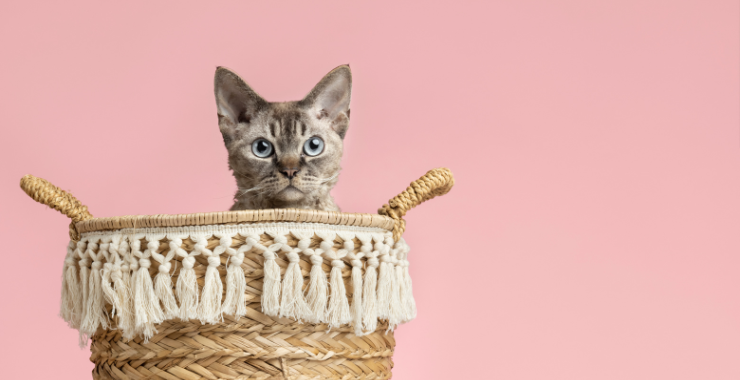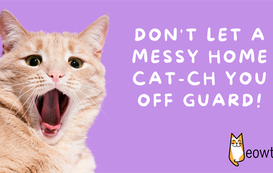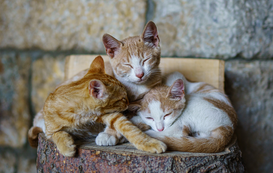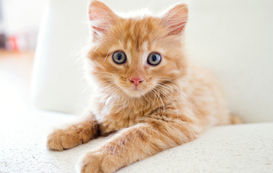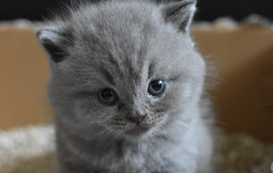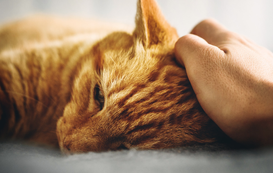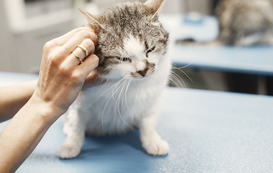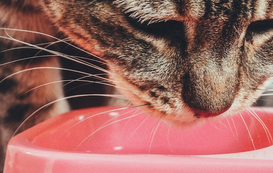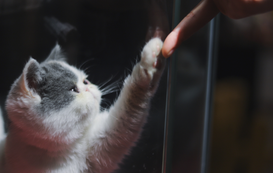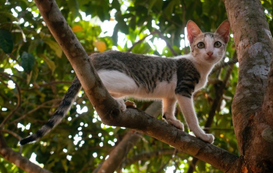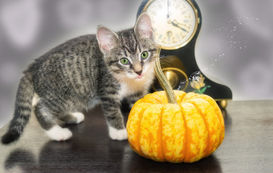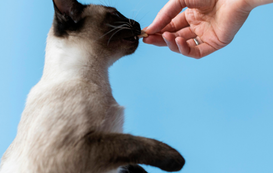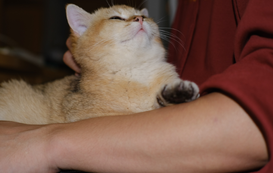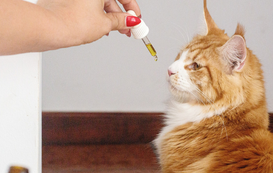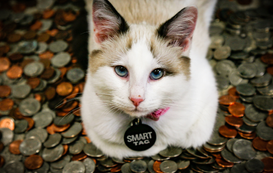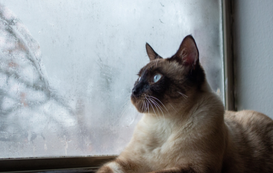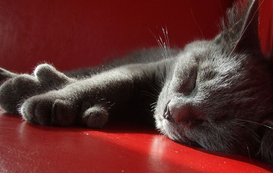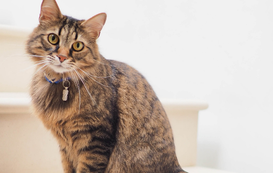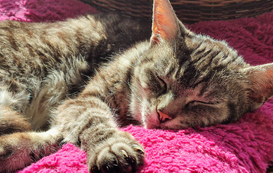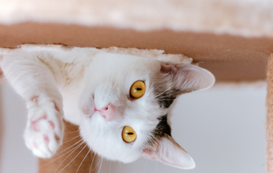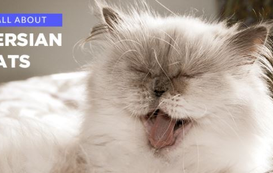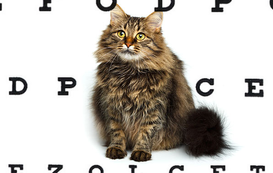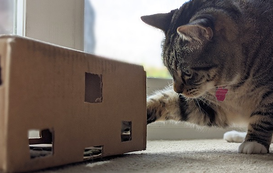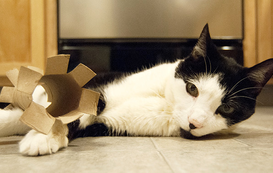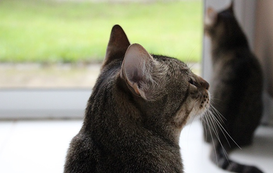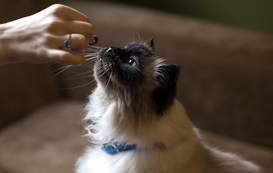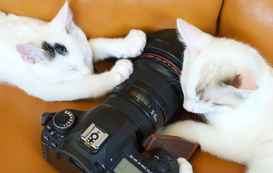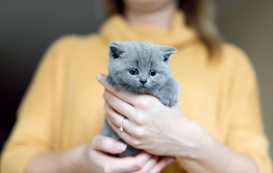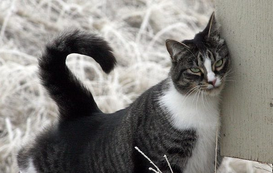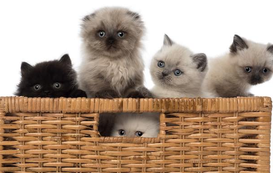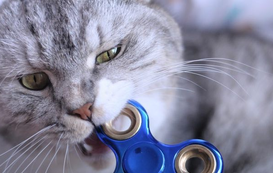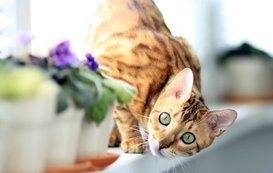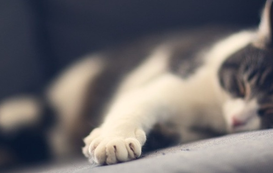Popular posts
How to Choose a Carrier for Your Cat
There are many different pet carriers on the market, and a lot of new cat parents are unsure about which is the best choice for their furbaby. No worries, here is some practical information to help you decide on the purr-fect option. Here is how to choose a carrier for your cat:
The Basics
Which do you choose, the hard or soft option?
The first choice you will probably make about carrier options is whether you would like a soft carrier made from fabric like nylon or polyester or a hard carrier made out of plastic and metal. Additionally, you may wish to choose a carrier with wheels for added mobility.
There are several pros and cons to each carrier option. Naturally, a soft-sided carrier provides a comfier, softer surface for your sweetie, while a plastic one likely feels a bit more utilitarian to them. Hard carriers often have a greater variety of size options than soft carriers. Closure options on carriers include screws, hook-and-loop fabric, zippers, and snaps; cat parents with dexterity issues may wish to consider these differences.
Consider the cost
You can get a fabric carrier for around $20 at most online retailers, while a standard plastic and metal one will typically start at about $40. The larger the carrier, the higher the price will go.
The most cost-effective carrier is made out of cardboard, but these carriers are far from ideal. While cardboard carriers are available for just a few dollars at many retailers, including major pet stores, they should not be relied on. These carriers are only meant to be used for emergency transport or for taking a newly adopted pet home, not for long-term use. They are not sturdy, large, or comfortable enough to be used on a permanent basis.
Size them up
Your next decision will likely be what size carrier to get. According to North Asheville Animal Hospital, a carrier should be about one and a half times the size of your cat, and it should allow them enough room to stand, sit, and turn around comfortably. You can find a very helpful guide on measuring your cat for a carrier here.
Pros and Cons
Here are some additional pointers about different types of carriers and the pros and cons of using them:
Stow away a soft carrier
Low on storage space? Soft carriers are typically easier to store than hard carriers, as they can often be folded flat and put just about anywhere, such as under a bed or behind a piece of furniture.
Feed 'em on the go
Do you need to provide your kitty with some sustenance on the road? Hard carriers can accommodate dishes or bowls if you need to give your cat food or water while they are in the carrier.
Got a Hulk kitty?
Does your kitty really object to being in a carrier? Be careful: Some determined kitties may chew or claw through fabric or mesh on soft carriers in an effort to escape. Hard carriers are typically a better option if you find yourself dealing with this kind of situation.
Ready for lift-off
Some hard carriers have removable tops, which are great for vet visits or very skittish cats. These carriers are made in two separate pieces, and you simply unscrew a screw on each side and lift the top right off. That way, your bestie can be examined by their healthcare provider while remaining in the confines of their carrier.
One smooth move
Cat parents with joint pain or stiffness, such as that caused by arthritis, may find zippers on soft carriers easier to use than the grills on hard carriers, as you typically need to make a squeezing motion on a metal mechanism to unlock the grill and open it.
In it for the long haul?
Hard carriers are sturdier and typically last longer than soft carriers. Also, a soft carrier may hold on to stains while hard carriers can be wiped clean easily. Tip: Putting an old towel in the bottom of either type of carrier is essential. Doing so allows for easy cleanup (you can simply throw the towel away if it gets too soiled) while providing the calming, familiar scent of home and giving your kitty something soft to snuggle with during the ride.
Shoulder the load
Always on the go? Soft carriers usually have a shoulder strap for easy transport, freeing up your hands for other things. Of course, if your kitty is on the heavier side, this may not be doable, so you may be better off with a handled hard carrier.
Easy in/easy out
Hard carriers may feature top-loading grills, which are great for difficult cats as setting them down into the base of the carrier is usually easier than making them go through the doorway of a traditional one. A carrier with both front- and top-loading options provides an excellent opportunity to find your cat's preference and know which door to choose the next time you're ready to roll.
Weigh the options
Do you have a chonky kitty? You'll probably want to get a hard carrier, as soft carriers typically have lower weight limits than hard ones. Be sure to check the manufacturer's details about the carrier to see if a weight limit is specified. If your kitty is at the edge of a weight limit, the safest bet is to go ahead and get the next size up. However, don't go for a larger option than necessary. Your kitty will not enjoy slipping and sliding around if you get one that has too much extra space.
One Last Thing...
No matter which carrier you choose, it's essential to have one for each cat in your home. You may need to evacuate your home at some point, and you would never want to struggle with your cats to get them into one carrier in an emergency. Moreover, even cats who get along in normal circumstances can become aggressive while under stress, meaning your sweeties could hurt each other if you carrier pool them. So, it's more than worth it to buy each kitty a carrier of their own.
Want to learn more about selecting a carrier for your cat? Check out this great video by The Catalyst Council.
Traveling soon?
So, now you know how to decide which carrier is best for your cat. But what if you need to hit the road without your bestie in tow?
Meowtel can help. Just enter your zip code and the dates of travel here to search for a cat sitter on Meowtel who can care for your kitty in your absence.
Ready to find the purrfect sitter for your feline friend? Find a cat sitter on Meowtel today!
Photo created by www.freepik.com

